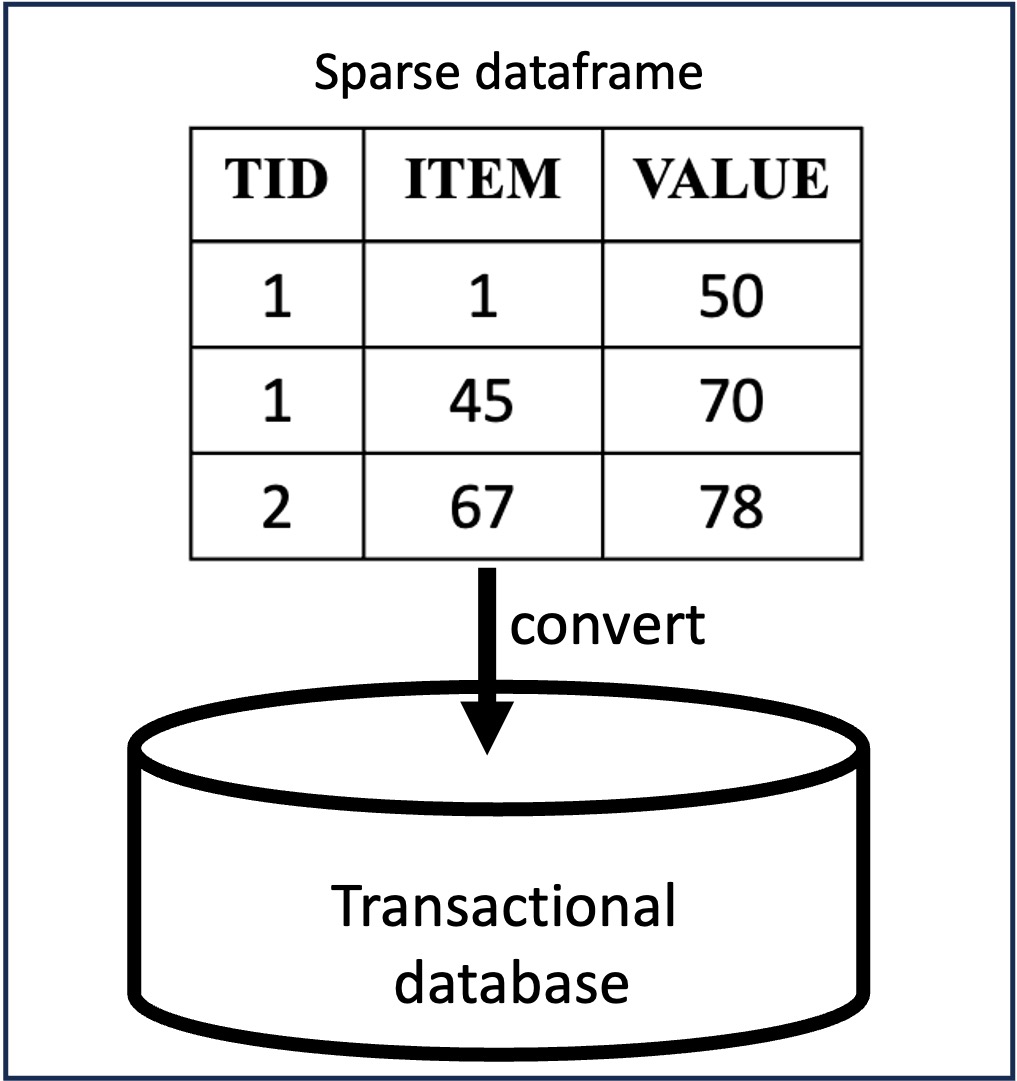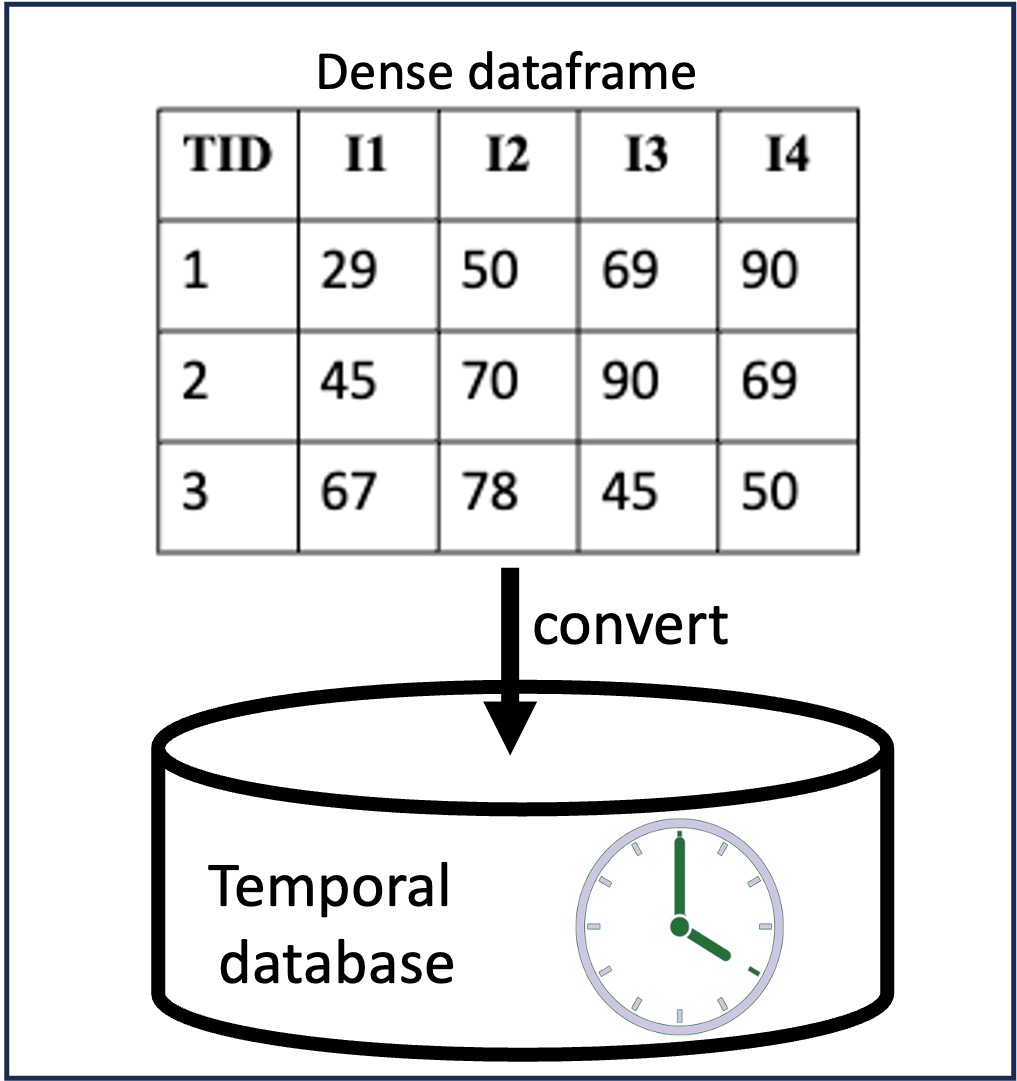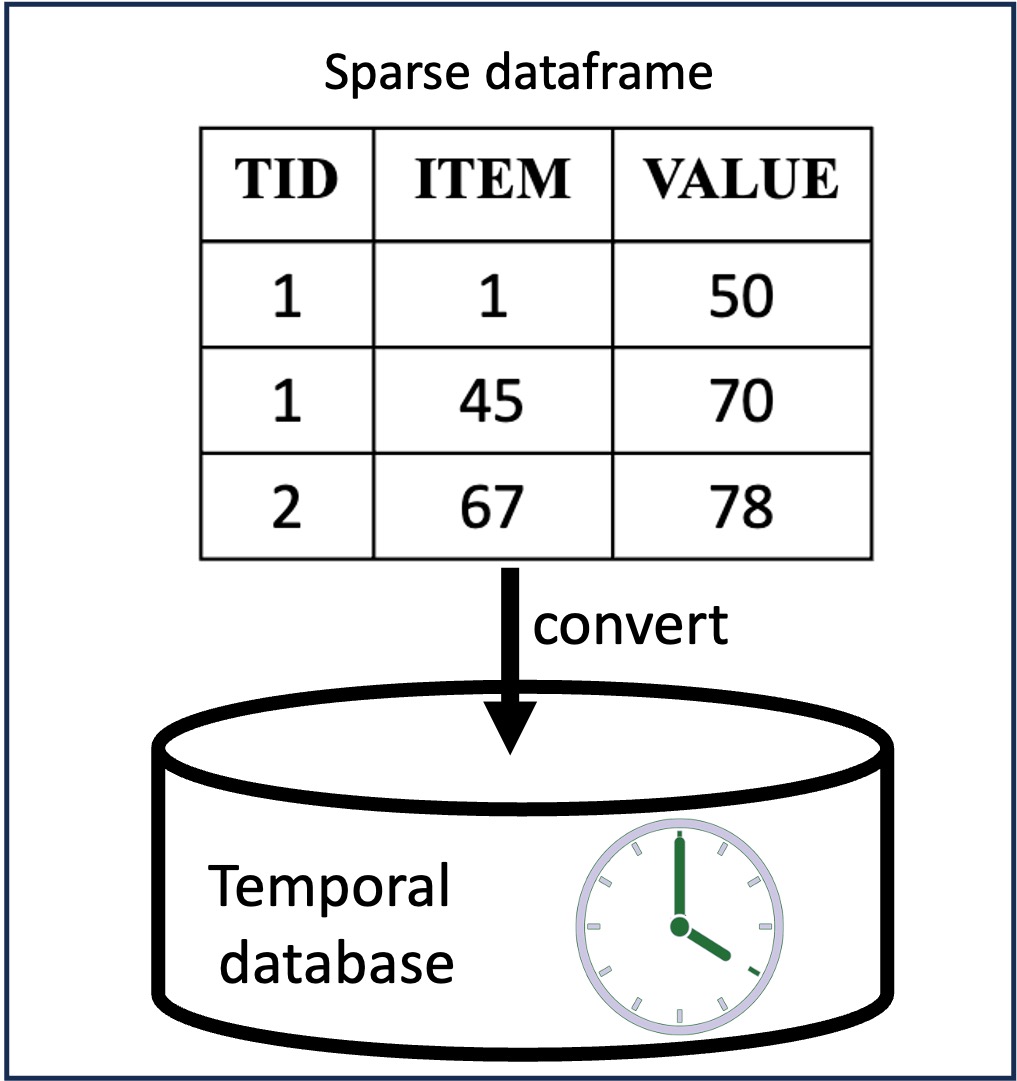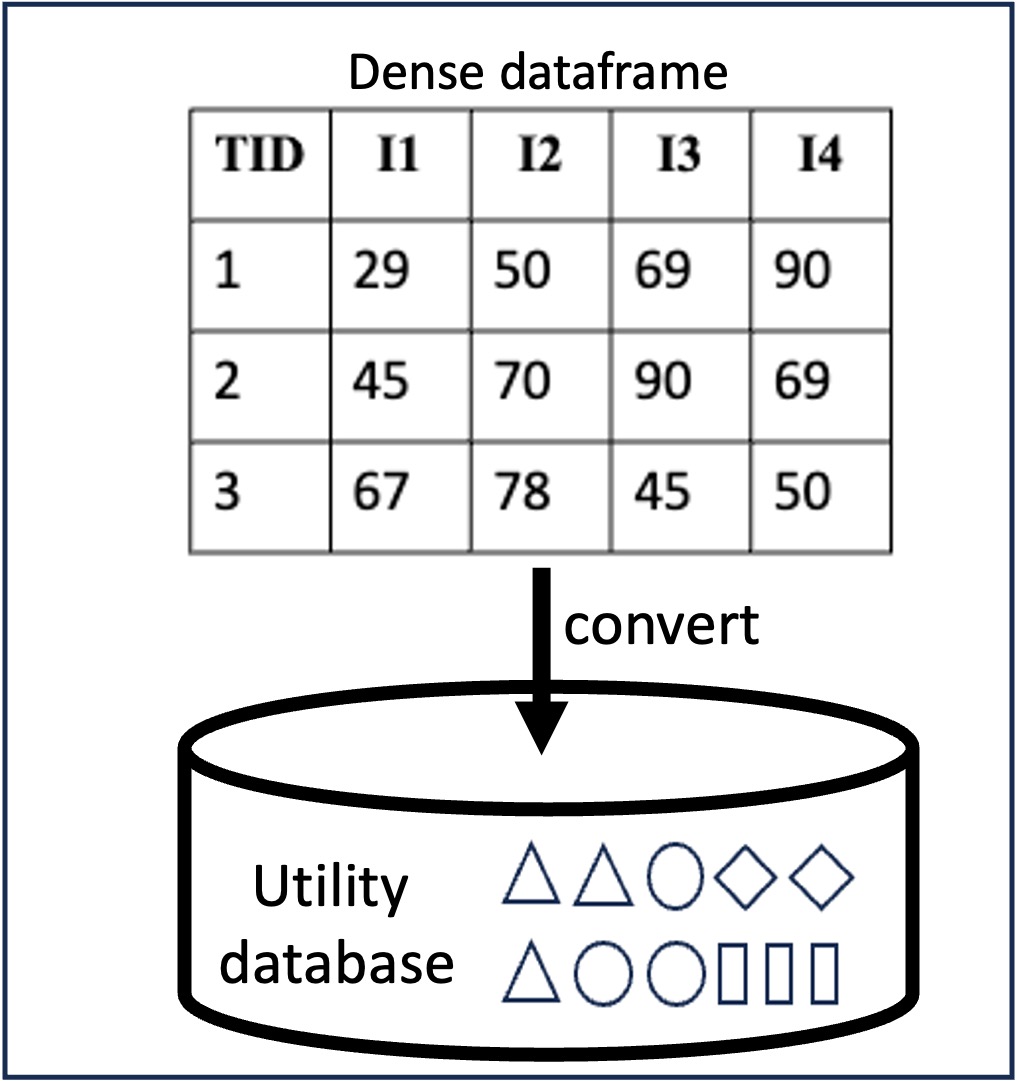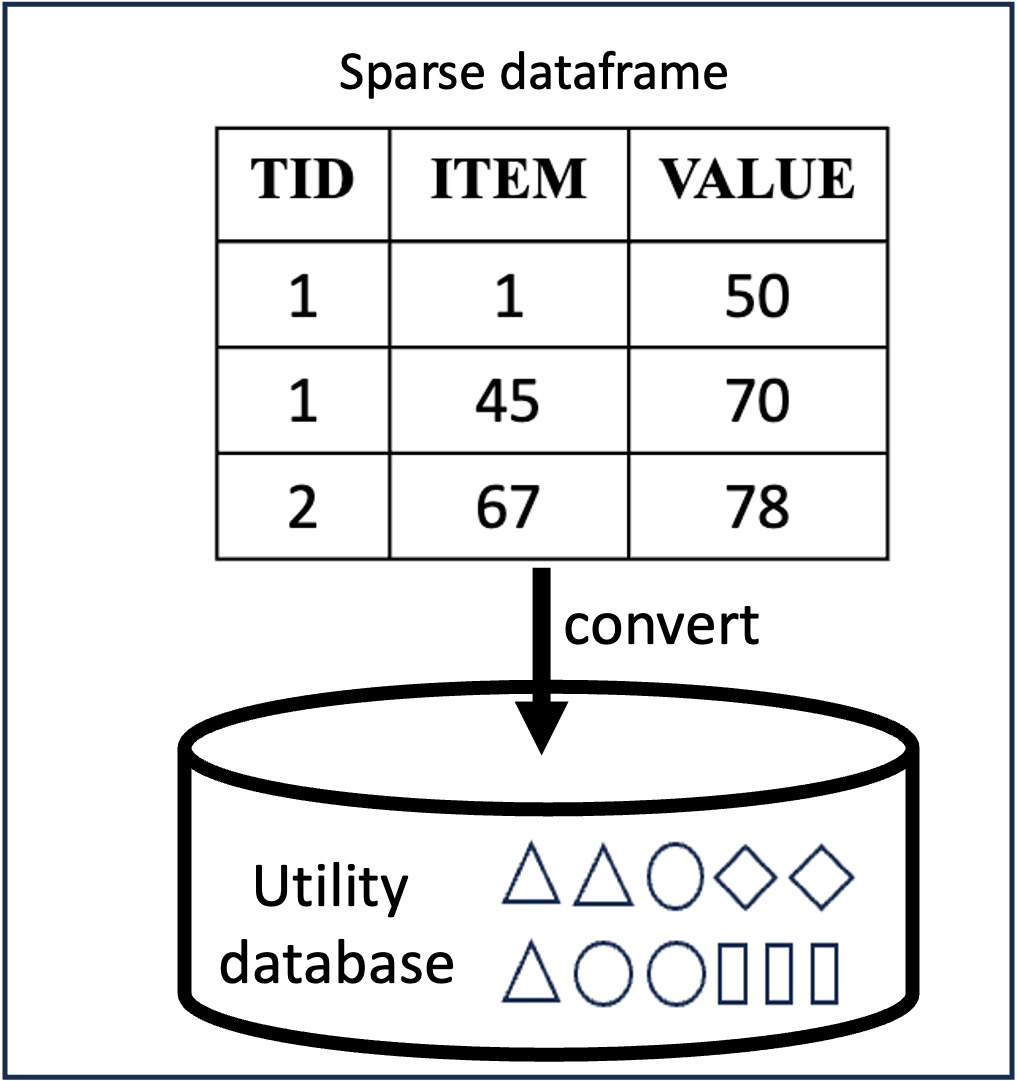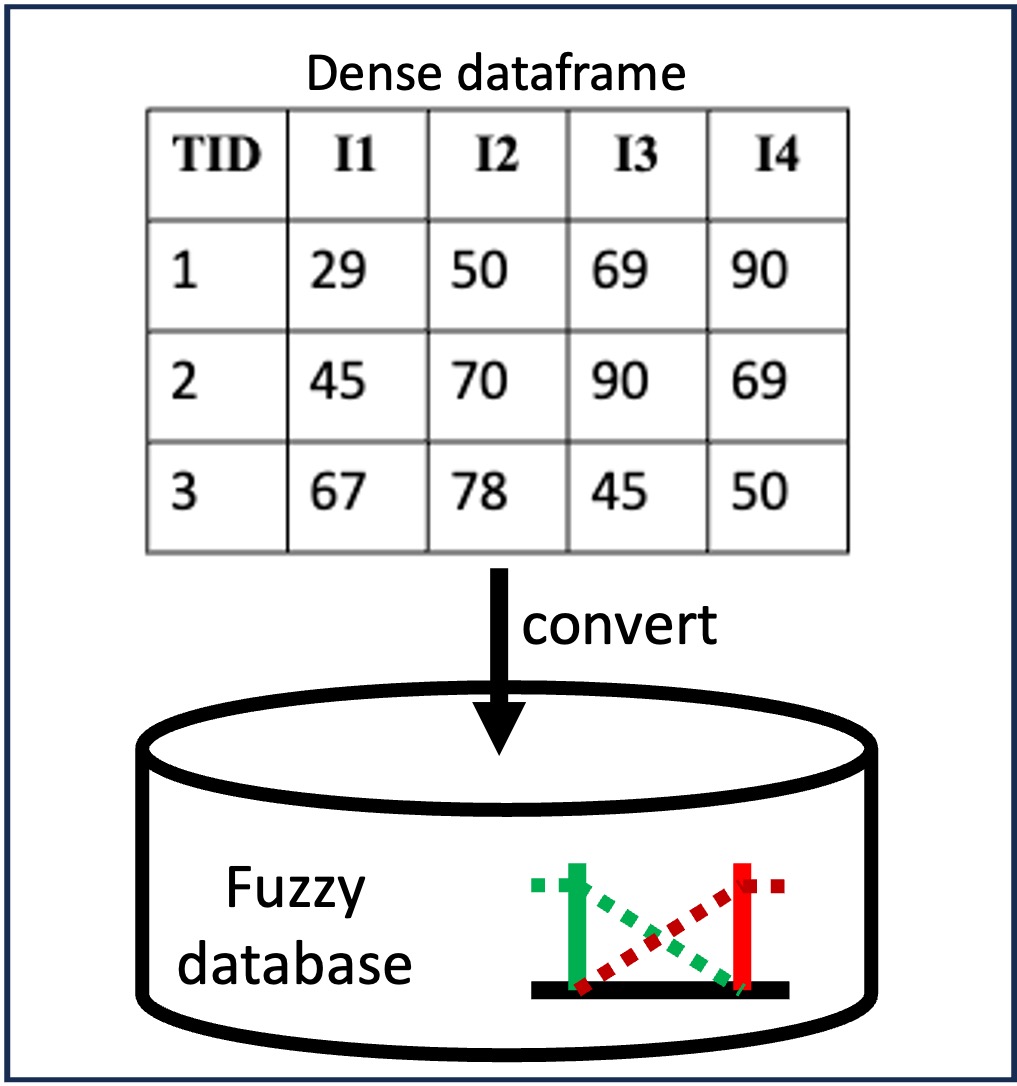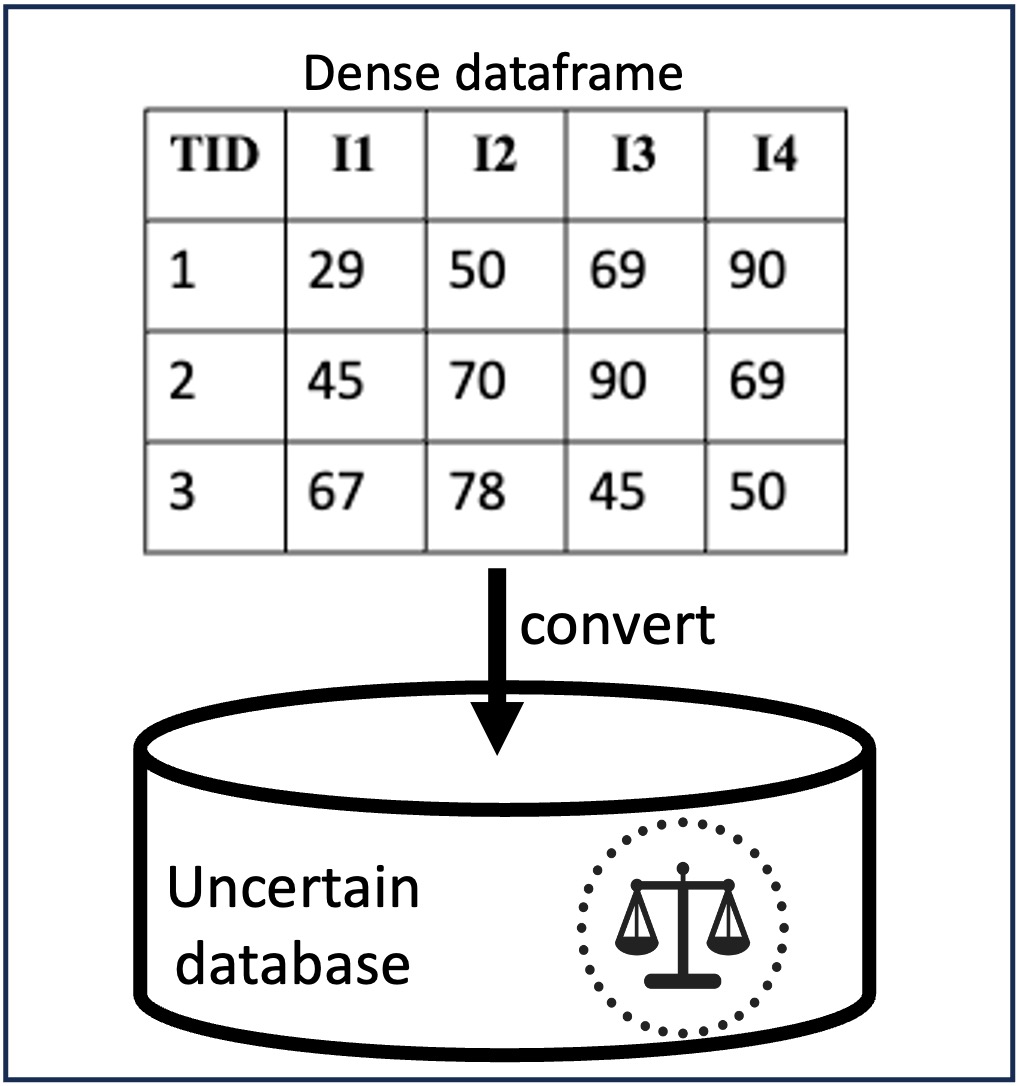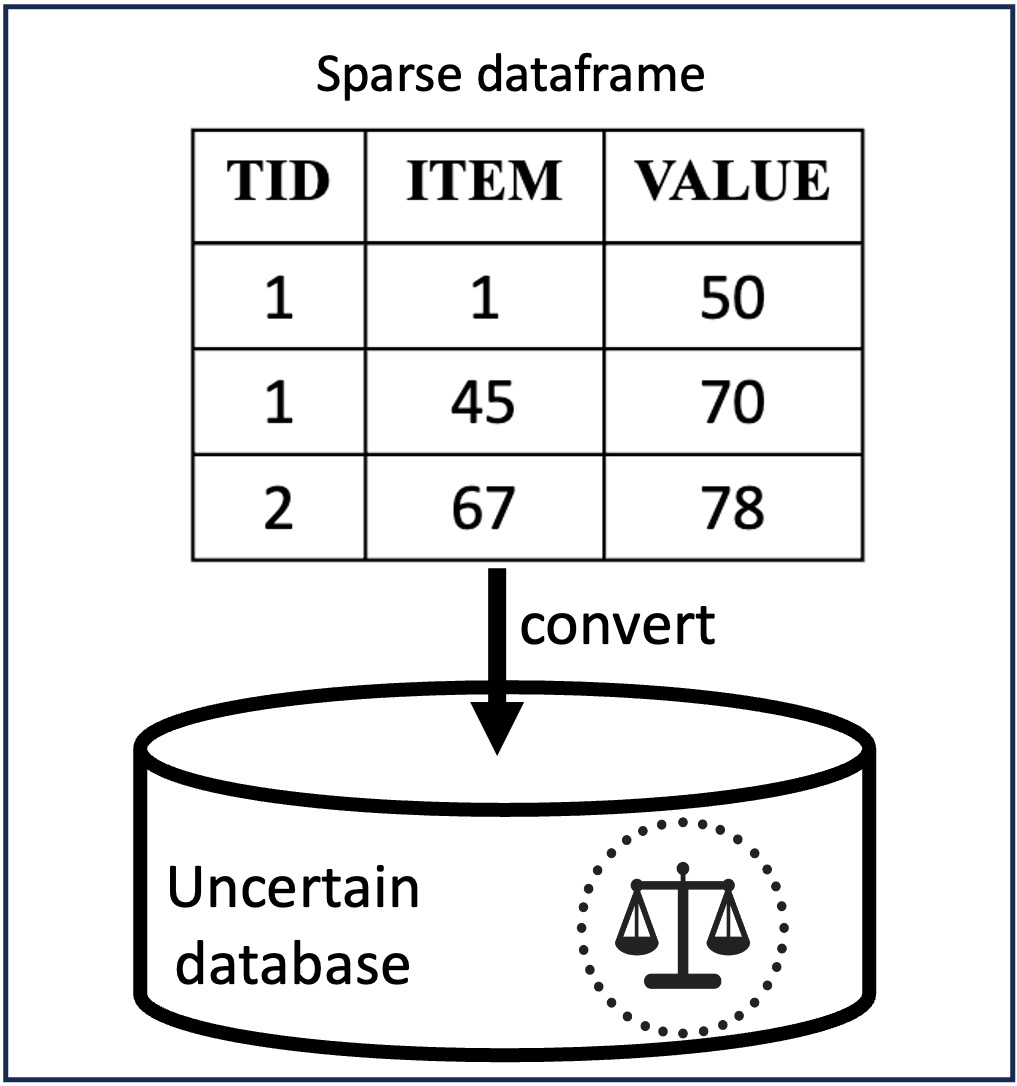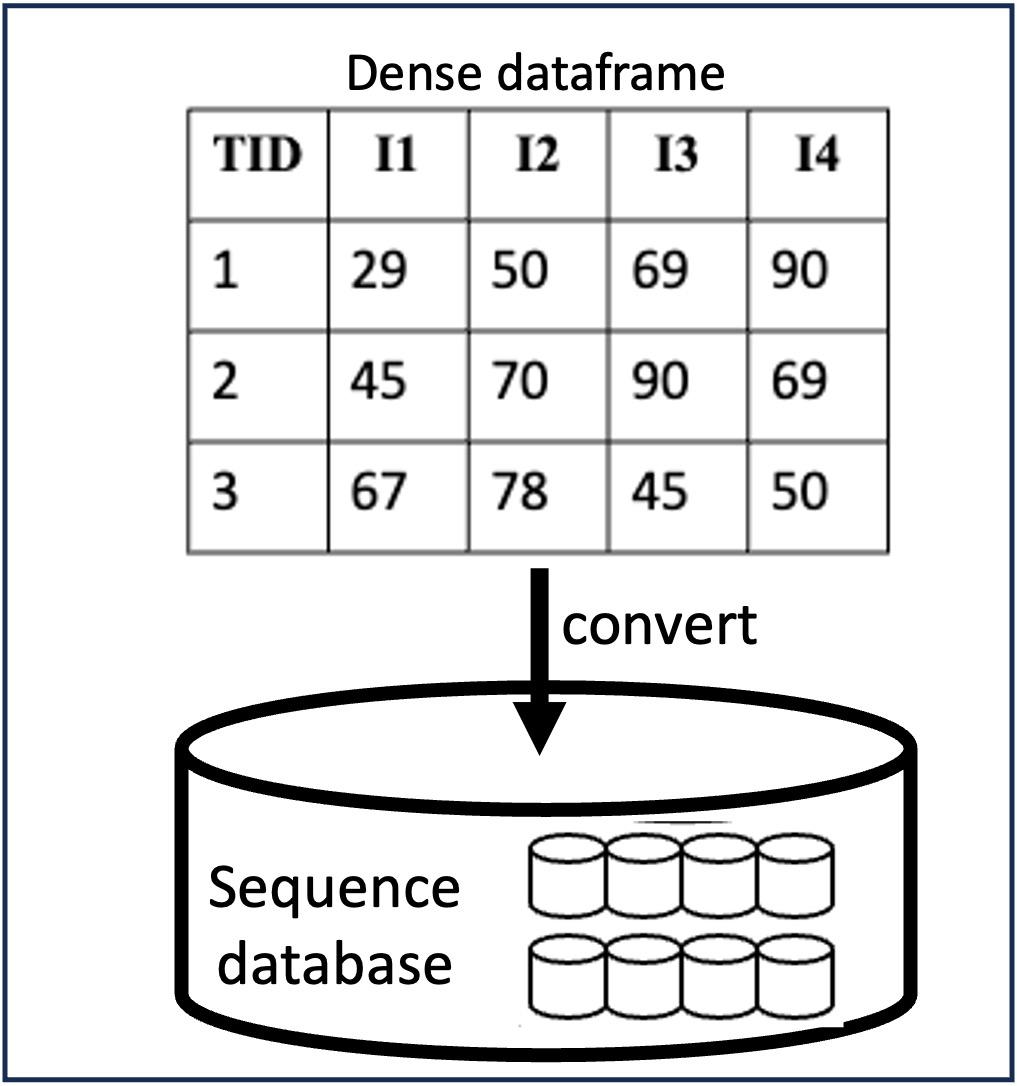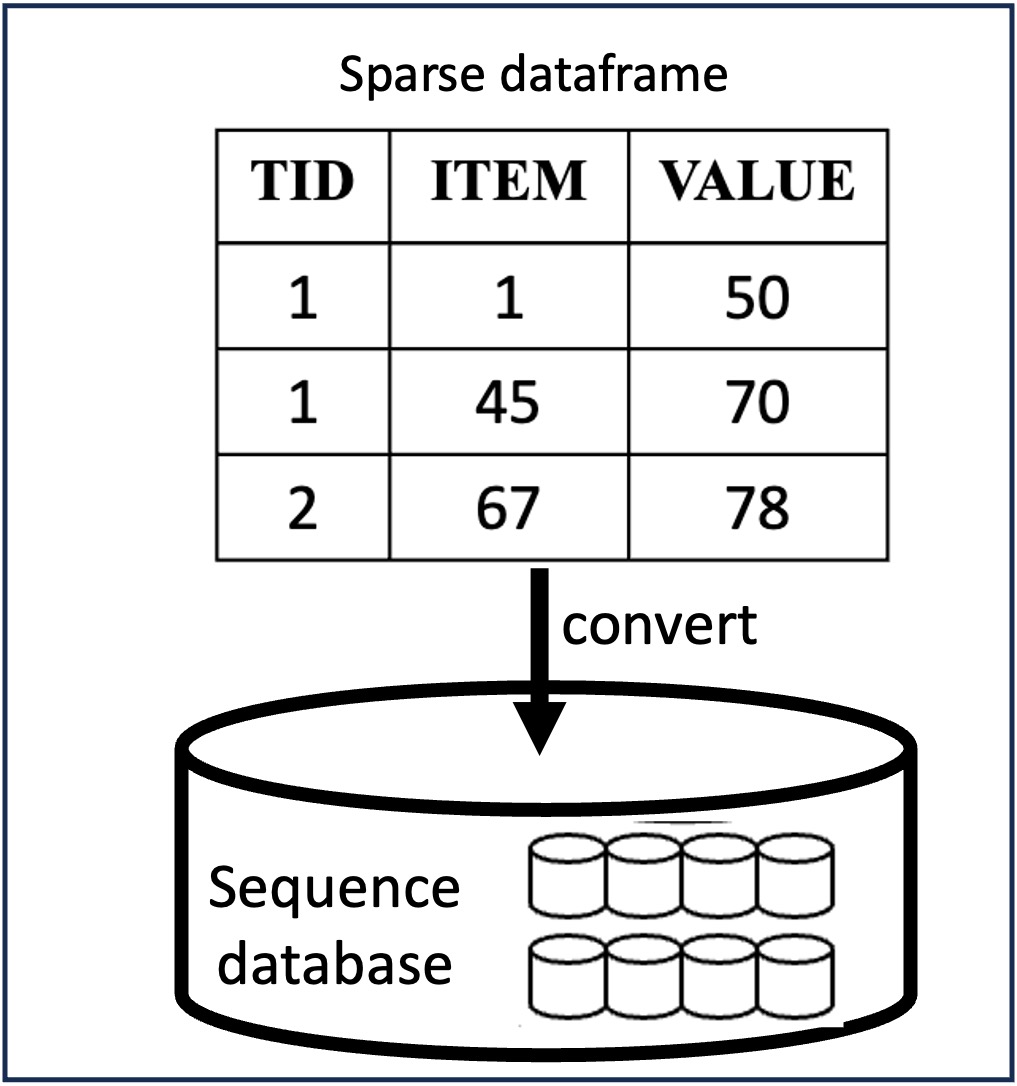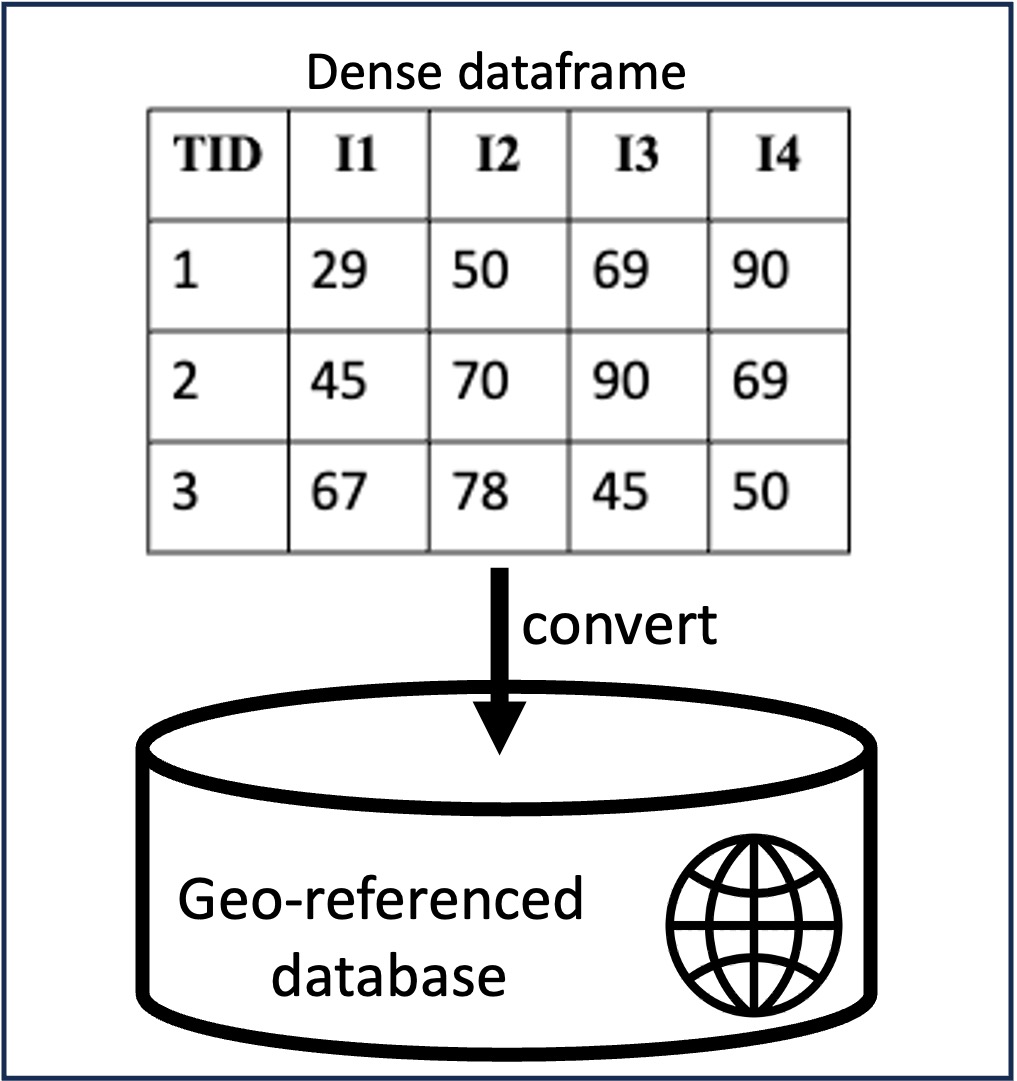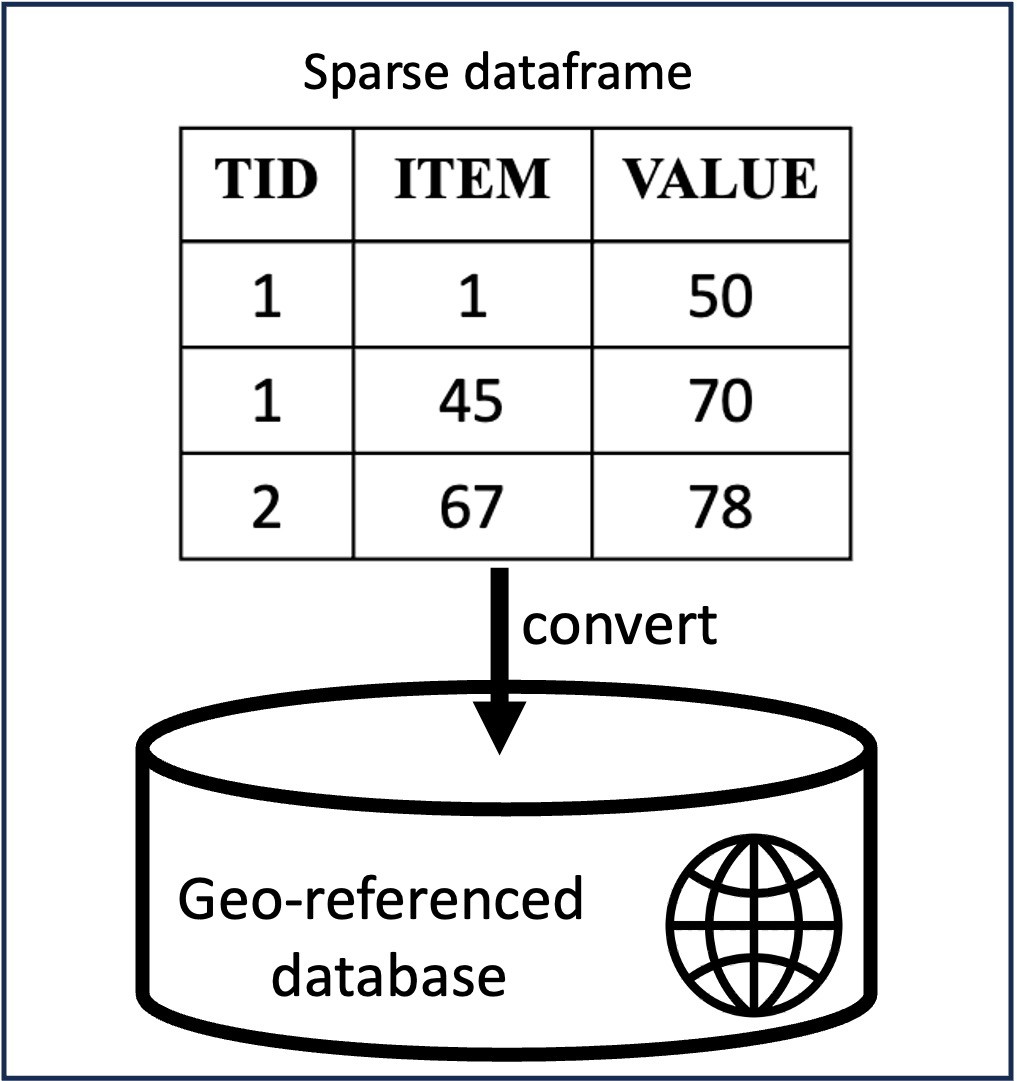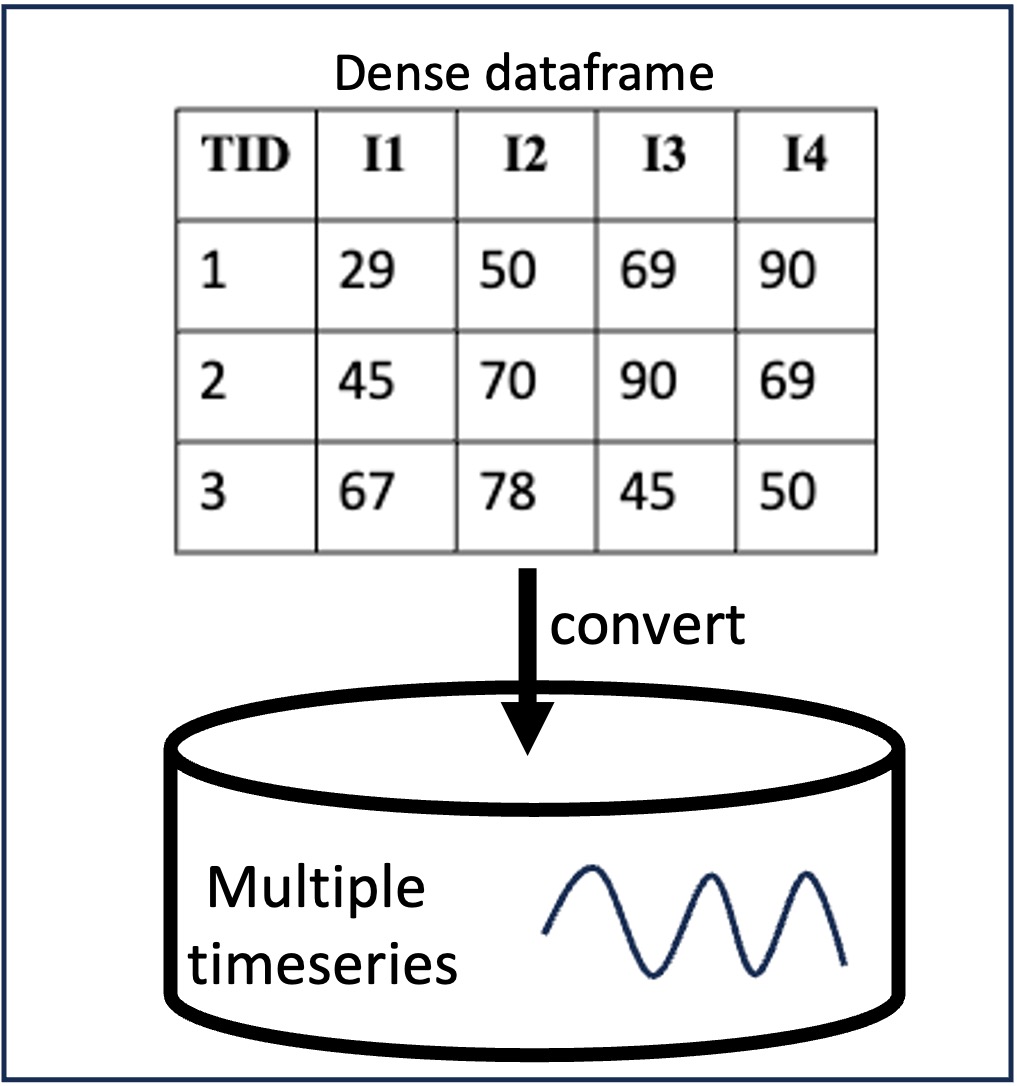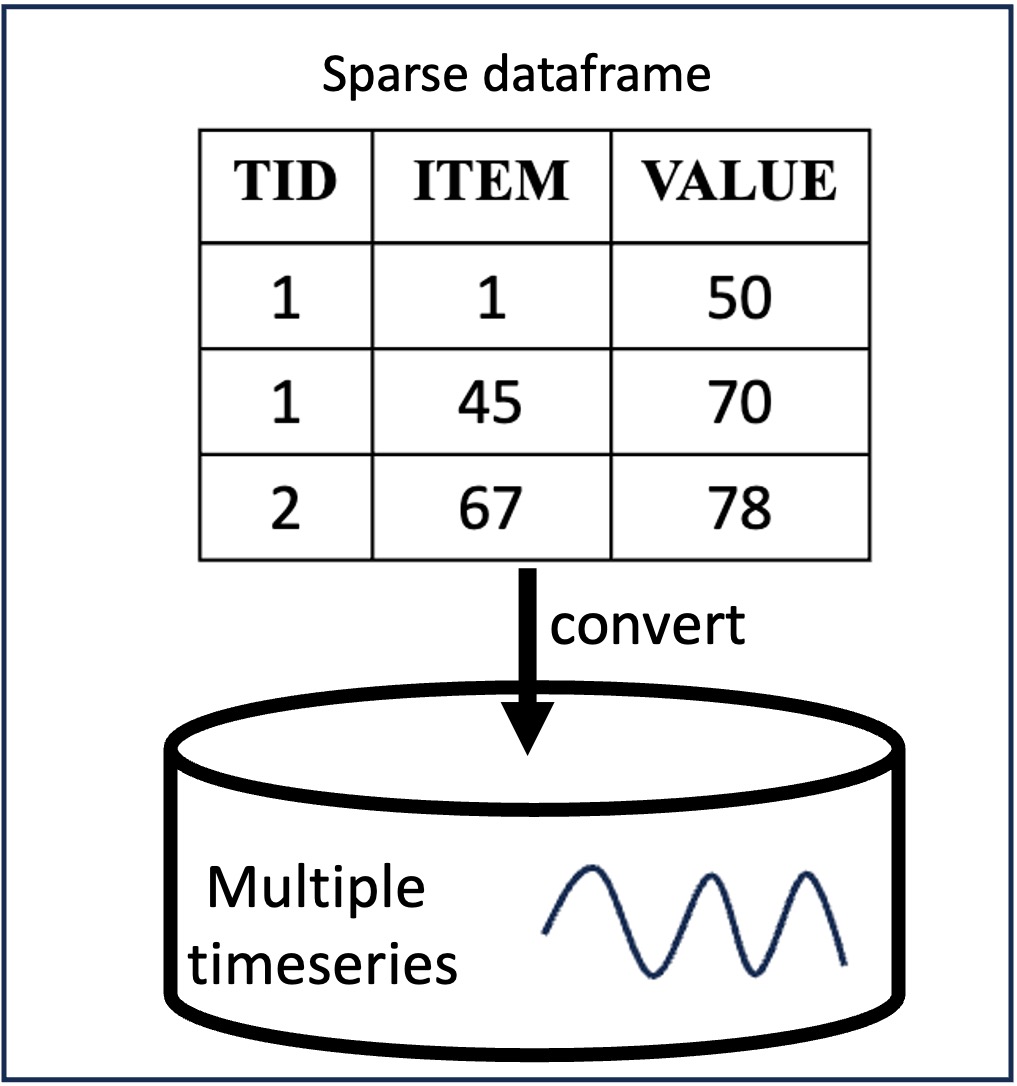What is a Dataframe?
A DataFrame is a data structure that organizes data into a 2-dimensional table of rows and columns, much like a spreadsheet. DataFrames are one of the most common data structures used in modern data analytics because they are a flexible and intuitive way of storing and working with data.
This article covers the following topics:
- Dense dataframe
- Sparse dataframe
- Approaches to convert a dataframe into various database formats

